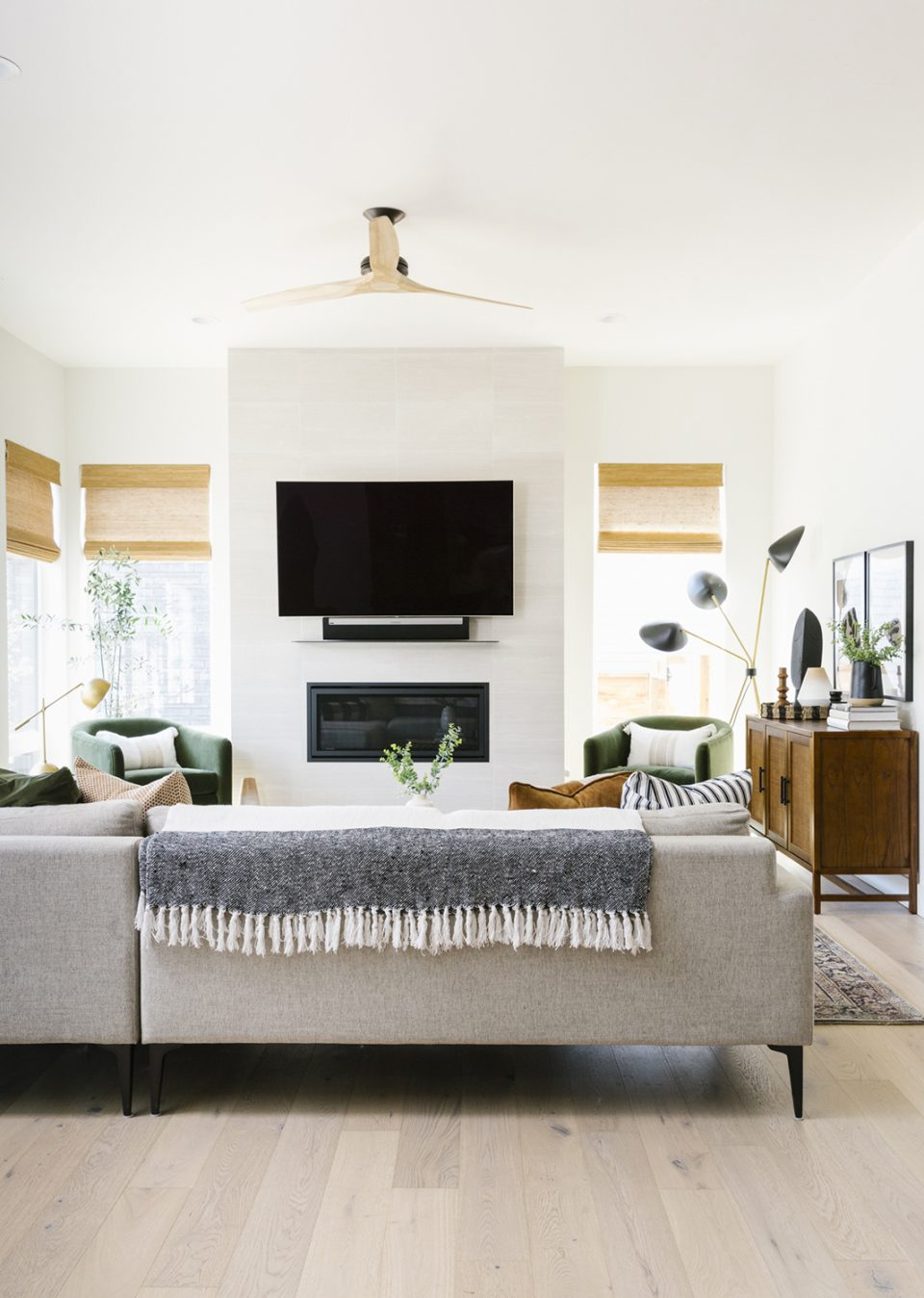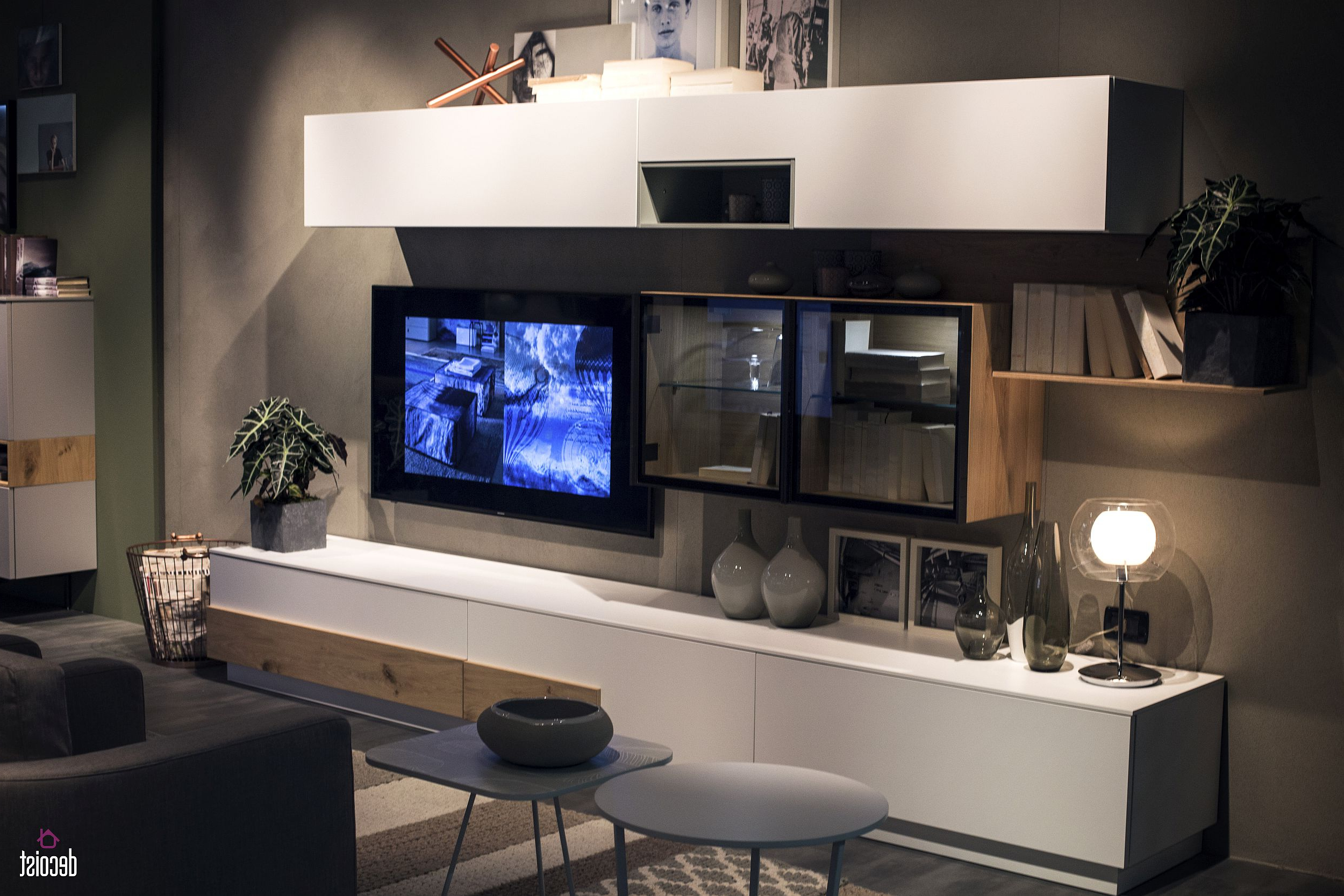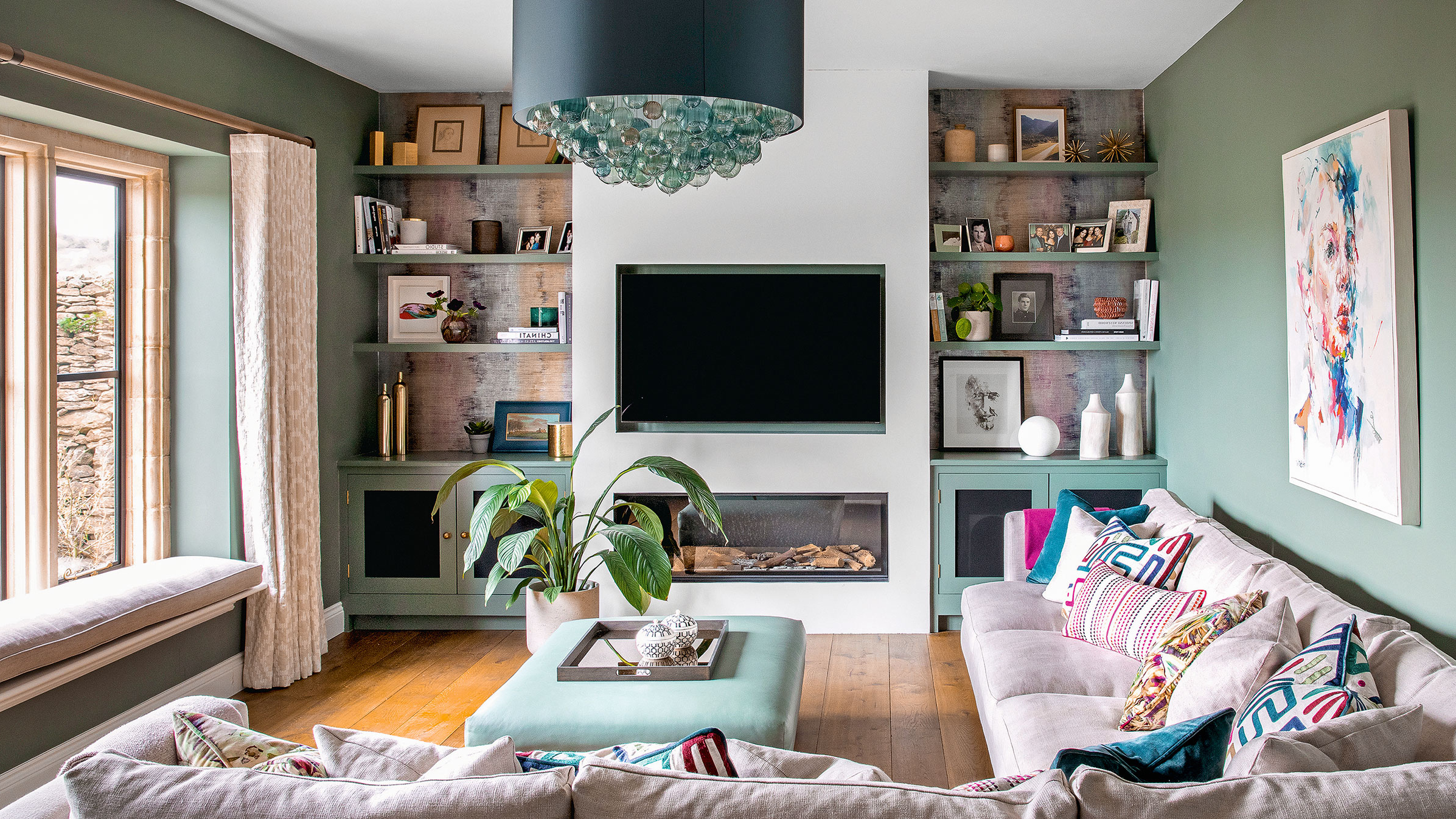Where you put your television can make all the difference between a cozy living space and a cramped, cluttered mess. The right placement isn’t just about convenience – it’s about creating harmony between your entertainment system and your home’s overall design. Whether you’re working with a tiny apartment or a spacious family room, smart TV positioning can transform how you experience your space.
Let’s face it – modern life means we spend a lot of time staring at screens. Your television is often the centerpiece of your living room, but it doesn’t have to dominate everything else. When placed thoughtfully, a TV can actually make a room feel larger, more organized, and far more inviting. The secret lies in understanding how to balance functionality with aesthetics. We’ve all seen those rooms where the TV seems to take over everything, leaving little room for anything else. But what if there was a better way? What if your TV could blend seamlessly into your space while still delivering great picture quality? This guide explores how to achieve exactly that – maximizing both space and style through clever TV placement.
Understanding Your Room’s Natural Flow
Before you even think about where to hang that screen, consider how people move through your space. A well-planned TV location respects the natural movement patterns in your room. Think about where people sit, walk, and gather. The best placement usually means the TV isn’t in the way of foot traffic. It’s also important to avoid putting it directly in front of windows, which can cause glare issues during daytime viewing. You want to find a spot where everyone can comfortably watch without having to crane their necks or strain their eyes. For instance, placing a TV above a fireplace might seem stylish, but it could make watching uncomfortable for someone sitting far back in the room. Instead, consider eye-level placement or slightly above eye level for optimal viewing angles. Sometimes the most obvious spot isn’t the best one. Take time to walk around your room and visualize different positions before making a final decision.
The Magic of Eye-Level Viewing
One of the most common mistakes people make is mounting their TV too high or too low. Eye-level placement is key for comfortable viewing and looks professional in any setting. This generally means the center of your screen should be at or slightly above eye level when seated. For most people, this translates to about 42 inches from the floor to the center of the screen. But remember, everyone’s height is different, and some people prefer to watch while lying down on a couch. In such cases, you might want to consider a lower mounting position. The golden rule is to test different heights with a book or small object positioned at the center of your intended TV spot. Sit where you normally would and see if the screen appears at a comfortable angle. If you’re planning to mount your TV, consider adjustable brackets that let you fine-tune the height after installation. Many people find that moving a TV down just a few inches makes a world of difference in comfort and viewing pleasure.
Creative Storage Solutions Around Your TV
Your TV area doesn’t have to look like a barren wall. Smart storage solutions can add both function and style to your setup. Built-in shelving units on either side of your television can hold books, plants, or decorative items. These don’t have to be plain – they can be styled with colorful objects that complement your room’s color scheme. Floating shelves above the TV can display photos, collectibles, or even small plants. The key is keeping things balanced visually. If you have a large TV, consider using taller furniture pieces to create a sense of scale. For smaller spaces, think about using a console table behind the TV that serves multiple purposes – it can hold media equipment, store remote controls, and provide extra surface space. Some people love the look of hidden cable management systems that keep wires tucked away while maintaining a clean appearance. These solutions can be as simple as a small cabinet or as elaborate as custom-built furniture pieces designed specifically for your setup.
Avoiding Glare and Light Interference
Lighting plays a huge role in how well you can enjoy your TV. Direct sunlight, bright overhead lights, or reflections from windows can create distracting glare that makes it hard to see the screen clearly. This problem is especially common in homes with large windows or skylights. The solution isn’t always to move the TV – sometimes you just need to adjust your lighting or add window treatments. Consider installing curtains or blinds that can be drawn during viewing hours. If you’re using LED lighting, try dimming them or switching to warmer tones rather than harsh white light. Some people install motorized shades that automatically adjust based on the sun’s position throughout the day. Another approach is to use ambient lighting that’s softer and less likely to reflect off the screen. You might even want to consider a TV that has built-in anti-glare features, though these aren’t always necessary if you’re careful about placement and lighting control.
Making Small Spaces Feel Larger
If you’re dealing with a compact living area, smart TV placement becomes even more critical. The last thing you want is to make your space feel smaller or more cramped. One effective strategy is to mount your TV on the wall rather than putting it on a stand or entertainment unit. This creates a sense of openness and makes the room appear taller. You can also choose a sleek, low-profile TV that doesn’t overwhelm the space. When selecting furniture for your small room, look for pieces that are proportional to the size of the area. A large entertainment unit might look impressive in a big room, but it can easily dominate a small space. Instead, consider using a narrow shelf or cabinet that draws the eye upward rather than outward. Another trick is to make your TV area a focal point rather than a burden. By choosing a statement piece for your wall, you can draw attention to the area in a positive way. This might mean selecting a unique TV frame or using contrasting colors to make the screen stand out.
Balancing Functionality and Design
A successful TV placement solution balances practical needs with aesthetic goals. You want something that works well for daily use while also enhancing your room’s overall look. This means considering not just where the TV goes, but also how it interacts with other elements in the space. For example, if you’re placing your TV in a room with a lot of natural light, you might want to consider a matte screen finish that reduces reflections. If your room has a particular color scheme, you can choose TV stands or mounting hardware that complements existing colors. The goal isn’t to make the TV disappear entirely, but to make it fit naturally into the room’s design language. Sometimes the most stylish approach is to embrace the TV as part of the room’s character rather than trying to hide it. This might mean using a bold TV stand or mounting the screen in a way that makes it the centerpiece of the room. The key is ensuring that every element supports the others in creating a cohesive, pleasing environment.
Smart TV placement isn’t just about finding a spot for your screen – it’s about creating a space that feels intentional and comfortable. When you consider how people move through your room, where the best viewing angles are, and how to incorporate storage and lighting effectively, you’re making choices that impact your entire living experience. Whether you’re working with a large open space or a small apartment, the principles remain the same: prioritize comfort, respect the room’s flow, and let your TV become part of the room’s story rather than the room’s problem. The end result? A space that feels both functional and beautiful, where your television enhances rather than overwhelms your environment. You don’t need expensive equipment or complex installations to achieve this. Sometimes the simplest changes – like adjusting the height of your mount or rearranging what’s around your screen – can make the biggest difference. The key is taking time to think through your choices and being willing to experiment until you find what works for you.















